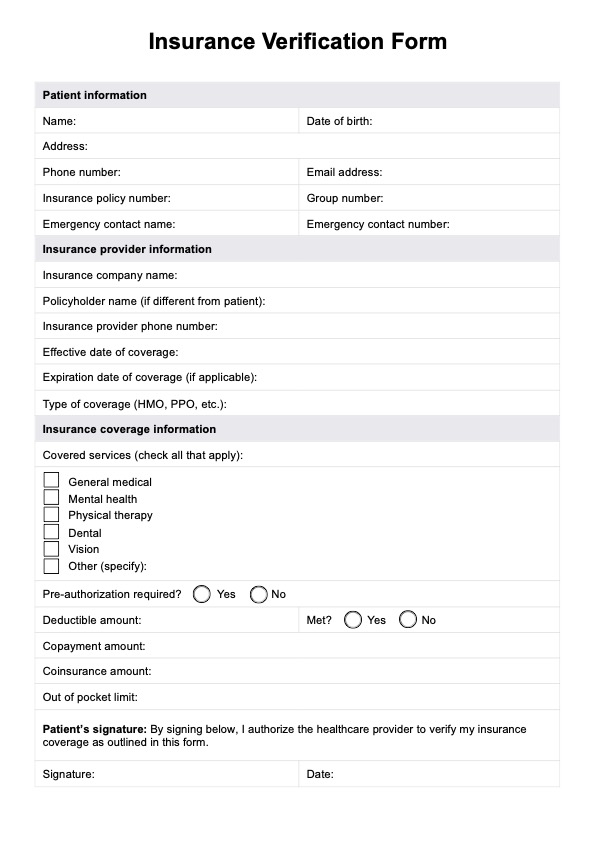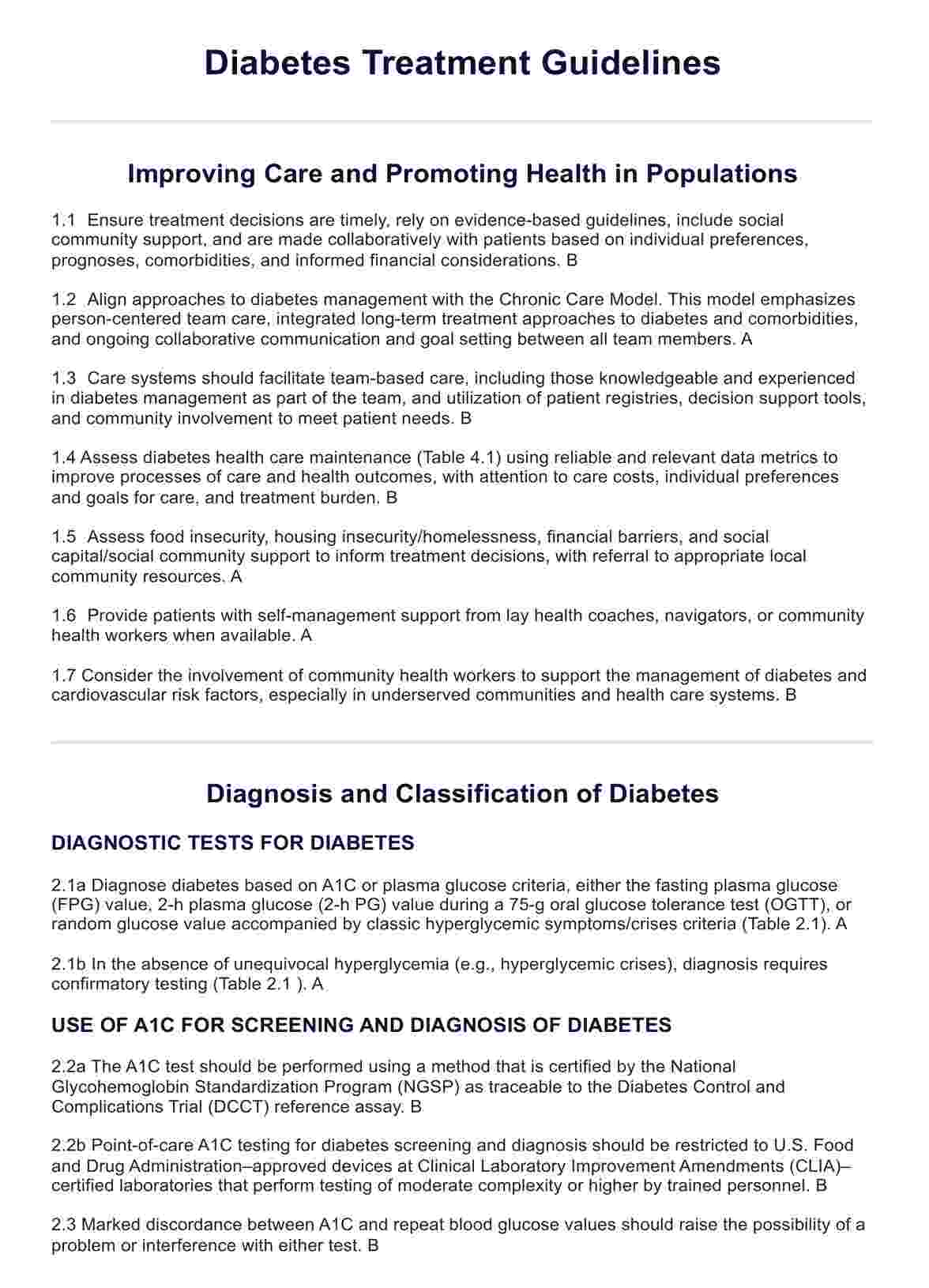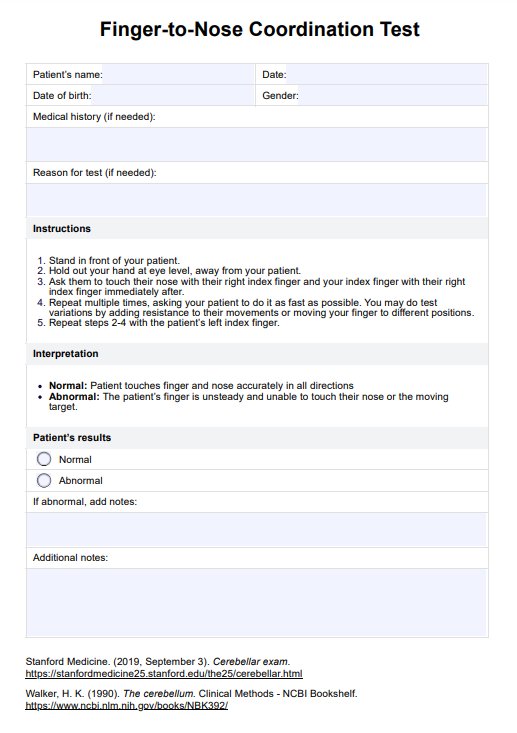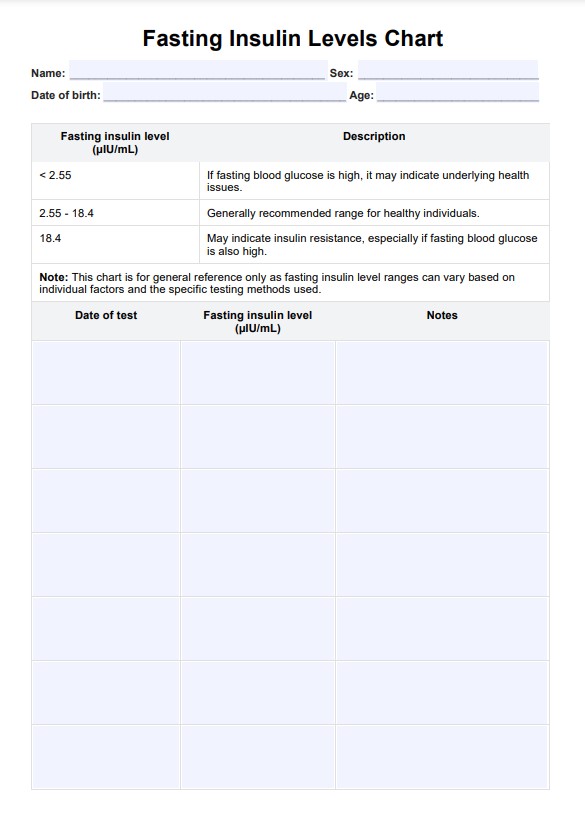Autonomic
Learn more about autonomic testing and identify which tests are involved when assessing one's autonomic nervous system function.


What is Autonomic Testing?
is when a healthcare practitioner performs multiple diagnostic evaluations to assess a patient's autonomic nervous system. The tests evaluate body regulation functions like blood pressure, sweating, digestion, heart rate, and automatic bodily responses. Some examples of such tests are heart rate variability (HRV) analysis, title table test, deep breathing test, and blood pressure monitoring.
Practitioners conduct these tests to diagnose or monitor disorders that affect one's autonomic control, such as orthostatic hypotension, dysautonomia, and autonomic neuropathy. They usually request that patients undergo these tests when possible autonomic functions occur, especially due to Parkinson's disease, diabetes, and other autonomic neuropathies. Whatever insights the referring physician will gain from these tests can be used when formulating a diagnosis and a treatment plan.
Autonomic Template
Autonomic Example
How does it work?
Step One. Access and Download the Template
First, the referring physician will access and download the printable Autonomic Testing PDF file by either:
- Clicking the Download Template or Use Template button
- Searching Autonomic Testing in Carepatron's template library search bar on the website or app
Step Two. Interview and Assess the Patient
Before requesting, you must first determine the reason for conducting such tests. You may examine and interview the patient to know more about their symptoms. Only then may you use the template to tick off the test you request the patient undergo.
Step Three. Testing
At this point, the steps one will go through will vary depending on the test. To help you explain to your patient the tests they will undergo, we've provided a short guide below of some common autonomic tests, a brief of their procedures, and what the patient must prepare for before the test, if any.
- Deep Breathing Test: This test is also known as spirometry, and it measures how much one can inhale and exhale and how quickly one can do the action. Typically, the patient will wear a mask, breathe normally, take a deep breath, exhale forcefully, and repeat the test to ensure accurate results. Results are obtained through the spirometer machine.
- Valsalva Maneuver: This test will require the patient to force exhalation with a closed airway. Usually, the test is conducted seated or lying down. Afterwards, the patient will take a deep breath and exhale with their mouth closed and fingers pinching their nose. Results will be a mix of readings for blood pressure, heart rate/rhythm, and ECG/EKG as they do the test and while resting.
- Tilt Table Test: This test will measure one's blood pressure as they change positions. The patient will lie flat, be strapped to a special table, and stay still as the tester tilts the table upward. Before the test, the patient is encouraged to inform the testers of any medication they're taking, avoid caffeine, and fast at least a few hours before the test.
- Sweat Test or Quantitative Sudomotor Axon Reflex Test (QSART): The test will induce the patient's sweat using an electrical current. To avoid inaccurate results, the patient must inform the tester of any medication they take.
Step Four. Obtaining Samples or Results
Depending on the test, the tester may obtain samples for further processing or check machine readings to obtain results. We recommend gathering all results in a specific folder under the patient's name or attaching them to the template for easy access and organizational purposes.
Step Five. Interpretation of Results
Interpretation of results may be done by the professionals who conducted the test or by the referring physician. One can typically find the interpretation on the printed results or explained verbally by the referring physician.
Step Six. Next Steps
Regardless of who interprets the results, the referring physician will be the one to decide whether to request further examinations or formulate a treatment plan.
Step Seven. Store Securely
Even if the tests have been conducted, the filled-out template should be stored at a secure physical location or on Carepatron, only to be accessed by relevant parties.
When would you use this Testing?
Since the Autonomic Testing template features requests for multiple tests, healthcare practitioners can use it for various purposes. But, for specificity's sake, here's a list of some situations wherein the template may come in handy:
- Neuropathy Assessment: If the patient has a suspected or known neuropathy such as peripheral neuropathy, autonomic neuropathy, etc., they can use the template to request tests to assess the severity of the neuropathy's damage.
- Diagnosis and Management: For certain suspected or confirmed conditions like orthostatic hypotension, diabetes, or Parkinson's disease, the test can help the referring physician determine which tests can help them identify causes, confirm diagnosis, manage symptoms/the condition, or make treatment decisions. This test will be especially useful when the referring physician only has a list of unexplained symptoms to work with.
- Research and Clinical Tests: Referring physicians can also use the template to inform and ask for consent from clients who are candidates for research or clinical trials that can help professionals know more about autonomic disorders or evaluate the effectiveness of their treatments.
What do the results mean?
Though the technician or the referring physician must interpret test results within the context of the patient's condition, medical history, and other test results, here's a list of the general idea of what specific results indicate for some common autonomic tests:
- Heart Rate Variability: Decreased HRV may indicate cardiovascular or autonomic disorders. Do note that the results of this factor in the patient's age.
- Tilt Table Test: A positive result may indicate postural orthostatic tachycardia syndrome (POTS), vasovagal syncope, and orthostatic hypotension. Meanwhile, negative results may indicate alternative causes for the patient's symptoms.
- QSART: Reduced amount of sweat can indicate autonomic disorder or neuropathy.
- Valsalva Maneuver: A patient may have autonomic neuropathy or dysfunction if they have abnormal results.
- Thermoregulatory Sweat Test: Abnormal findings may indicate autonomic neuropathy or other conditions affecting one's sweat gland function.
- Spirometry: Reduced FVC, reduced FEV1, reduced FEV1/FVC ratio, reduced PEF, and Reduced FEF may indicate obstruction and lung diseases like asthma or chronic obstructive pulmonary disease (COPD).
Research & Evidence
According to multiple studies and research, autonomic tests are useful tools for diagnosing, tracking progress, and even formulating a treatment plan for disorders and conditions related to the autonomic nervous system. Its variety is beneficial when identifying the cause and eliminating other disorders and conditions. However, much like any other tool, deciding which specific autonomic test will be conducted on the patient still relies heavily on the referring physician.
References
American Academy of Neurology. (1996). ASSESSMENT: CLINICAL AUTONOMIC TESTING.
Diagnosing autonomic disorders. (n.d.). NYU Langone Health. https://nyulangone.org/conditions/autonomic-disorders/diagnosis
Jones, P., & Gibbons, C. H. (2015). Autonomic function testing: an important diagnostic test for patients with syncope. Practical Neurology, 15(5), 346??351. https://doi.org/10.1136/practneurol-2015-001102
Commonly asked questions
Healthcare practitioners diagnose and/or treat patients with autonomic disorders, cardiovascular conditions, and other conditions that increase their risk of developing autonomic disorders.
They are used when the patient exhibits symptoms of an autonomic disorder and the referring physician wants to make or confirm a diagnosis. Aside from that, it can also be used to check the severity of a confirmed autonomic disorder�??s symptoms and determine the next steps for treatment.
It can be as short as the duration of a single test since the autonomic testing duration depends on the duration of the individual tests and how many tests the client will undergo.


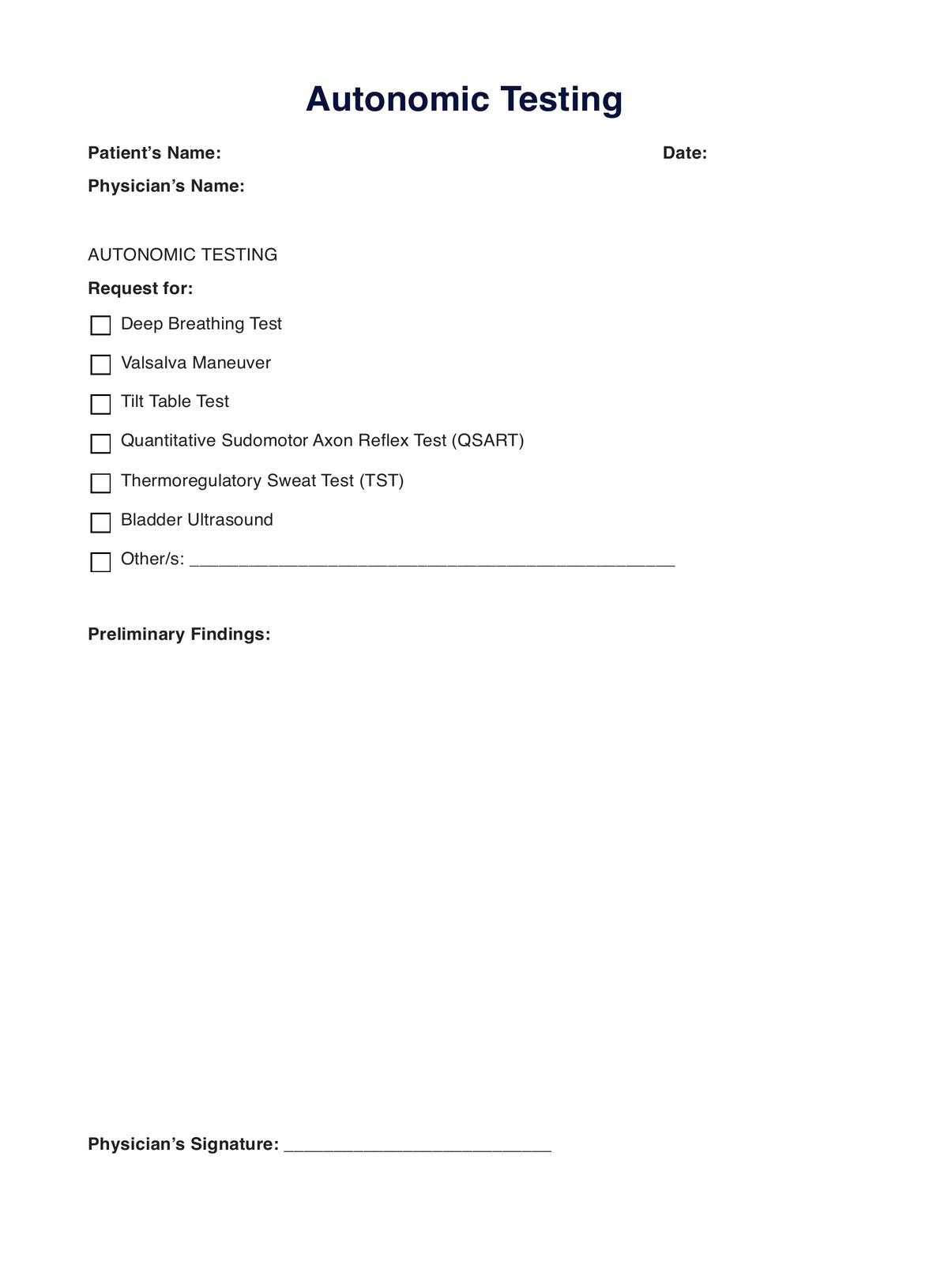



















-template.jpg)


















































































